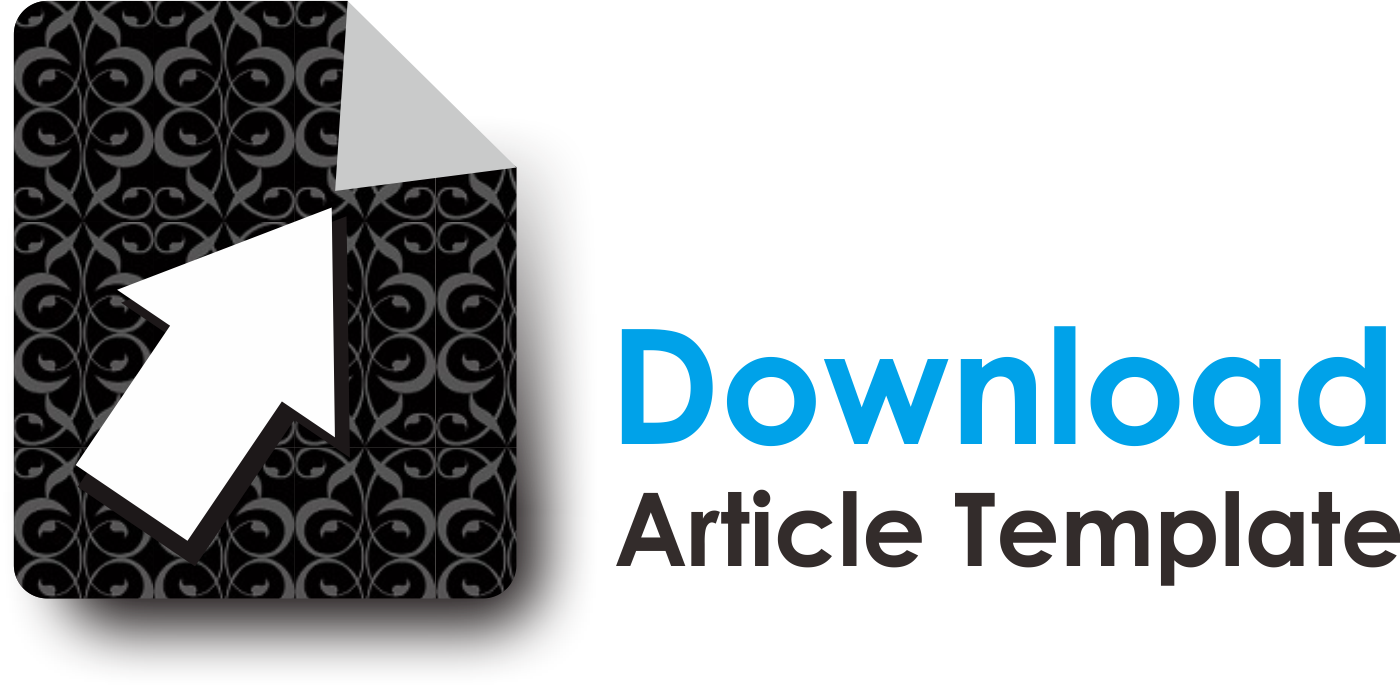Ilmu Al-Bayan fi Asy-Syi‘r Al-‘Arabi As-Sinagali: Syi‘r Muhammadu Al-Amin Animawdhajan
Abstract
تعلم السنغاليون اللغة العربية وآدابها لحبهم لها ولفهم القرآن الكريم ومبادئ الإسلام وأحكامه وقضاياه، وقد تمكن منهم أشخاص من قرض الشعر العربي الجيد، ونظم قصائد ومقطوعات بجميع أغراض الشعر غير الخمريات والمجون والزندقة والخلاعة، ولعلم البيان مكانة مرموقة في أشعارهم لما يجدون منه ملجا خصبا للتعبير عن عواطفهم وأفكارهم وخيالهم، والشاعر محمد الأمين بن الشيخ إبراهيم نياس الكولخي شاعر يخدم اللغة العربية، عمدنا إلى دراسة علم البيان في شعره ليكون نموذجا للشعر العربي السنغالي ولبيان أهمية علم البلاغة ودوره في إبراز وإخراج الدرر النفيسة من أعماق أفكار الشعراء السنغاليين. ولمحمد الأمين ديوان وقصائد متفرقة في مختلف الموضوعات، ونظرا لصعوبة استيعاب دراسة علوم البلاغة في شعره لتشعب فروعها في هذه المقالة الضيقة نطاقها، اكتفينا بدراسة علم البيان فيها. استخدمنا في البحث المنهج التحليلي والمنهج التاريخي وتوصلت المقالة إلى أن الشاعر محمد الأمين تمكن من تطبيق علم البيان بأنواعه على وجه أحسن وبليغ. وتوصي الباحثين والدارسين على دراسة الشعر العربي السنغالي لاستفادة والإفادة.
The Senegalese studied Arabic Language and its Literature because of their love for the language of the Holy Quran and in order to understand the principles, cultures and jurisprudence of Islam. In the course of that, some of them mastered the language to the extent of making use of it to compose beautiful poetry. They have composed poems on different themes, except the ones considered offensive to Islam and outlandish to its teachings, like describing alcohol, erotic poems for both female and male and infidelity poems. Al-bayan, which is the core of Arabic Rhetoric, was employed by Senegalese poets in their work in order to effectively convey their ideas, feelings and emotions to others. The aim of this study, therefore, is to examine their usage of al-Bayan rhetorical devices and evaluate the level of their compliance to its rules in Arabic rhetoric. However, due to the fact that this lofty aim cannot be achieved in a paper with a short scope like this, we chose the poetry of Muhammad al-Amin, the son of Shaykh Ibrahim Niyas, as a case study. To achieve this, the paper was divided in to four sections. The first one is a preamble, the second section gives biography of the poet, and the third section is the rhetorical analysis of his poem, while the fourth section is the conclusion in which the summary, the result and the recommendations were given. It was discovered that Muhammad al-Amin, to a large extent, successfully employed al-Bayan in his poetry and adequately represents the height the Senegalese have attained in composition of Arabic poetry in Senegal. We recommended, among other things, that scholars should intensify their study of Senegalese poetry in Arabic, which is hitherto receiving low patronage, in order to uncover its hidden treasure.
Keywords
Full Text:
PDFReferences
Anas, Malik. Tahrij, Muhammad Fu’ad ‘Abd al-Baqi. d.t. Al-Muwatha’. Beirut: Dar Ihya’ al-Kutub al-‘Arabiyyah.
Al-‘Aqqad, Muhammad Jamil. (1431/2010). Diwan al-‘Aqqad. at-tab‘ah al-ula, Halb, Syria: Mathba‘ah al-Fussilat li ad-dirasah wa at-Tarjamah wa an-Nasyr.
Al-Hasyimi, Ahmad. (1424/2003). Jawahir al-Balaghah fi al-Ma‘ani wa al-Bayan wa al-Badi‘. Thab‘ah Jadidah, Beirut: Dar al-Fikr.
Al-Jurjani, Abdul Qahir. at-Ta‘liq, Abu Fahr Mahmud Muhammad Syakir. (1413/1992), Dalail al-I‘jaz. Aṭh-Thab‘ah ats-Tsalitsah, Mesir: Mathba‘ah al-Madani.
Al-Jurjani, Abdul Qahir. Syarh wa Ta‘liq, Muhammad Abdul Mun‘im Khafaji d.t. Asrar al-Balaghah. al-Manshurah: Maktabah al-Iman.
Al-Kawlakhi, Muhammad al-Amin Ibrahim Niyas. (2009). Mudzakkirah ‘an Siratihi adz-Dzatiyyah. Makhthuthat.
Al-Kawlakhi, Muhammad al-Amin Ibrahim Niya, (1994). Diwan Suthur al-Hubb.
Al-Kawlakhi, Muhammad al-Amin Ibrahim Niya., d.t. Ruh al-Adab lima Yahwi min al-Adab wa al-Hikam.
Al-Qazwayni, al-Khathib. Syarh wa Ta‘liq, Muhammad Abd al-Mun‘im. (1414/1993). Al-ldhah fi ‘Ulum al-Balaghah.
Al-Yamani, Yahya bin Hamzah, Al-Alawi. Tahqiq, asy-Syarbini. (1431/2010). Ath-Thiraz al-Mutadhamin li Asrar al-Balaghah wa ‘Ulum Haqaiqil al-I‘jaz. Cairo: Dar al-Hadits.
Ar-Razi, al-Imam. (1369/950). Mukhtar ash-Shihah. Mesir: Mathba‘ah Musthafa ats-Tsani wa Awladuh.
Az-Zamakhsyari, Jarullah. (1427/2006). Asas al-Balaghah. Beirut: Mathba‘ah Dar al-Fikr.
Az-Zamakhsyari, Jarullah. d.t. Al-Kasysyaf ‘an Haqa’iq at-Tanzil wa ‘Uyun al-‘Aqawil. Tehran: Mathba‘ah Intisyarat.
Dhaif, Syauqi. d.t. Al-Balaghah Tathawwur wa Tarikh. Mesir: Dar al-Ma‘arif.
Farhud, Hasan Syadzili wa Ghairuhu. (1395/1975). Al-Balaghah wa an-Naqd.
Fayyad, Muhammad Jabir. (1409/1989). Al-Kinayah. Jiddah, Saudi Arabia: Dar al-Imarah.
Mandhur, Muhammad bin Makri. (1429/2003). Lisan al-‘Arab. Cairo: Mathba‘ah Dar al-Hadits.
Muhammad, Abi Syanab. (1954). Tuhfah al-Adab fi Mizan Asy‘ar al-‘Arab.
Paris: Maktabah al-Amirika wa asy-Syarq.
DOI: https://doi.org/10.18860/el.v21i2.6770
Editorial Office: | Phone : +6282333435641 |




